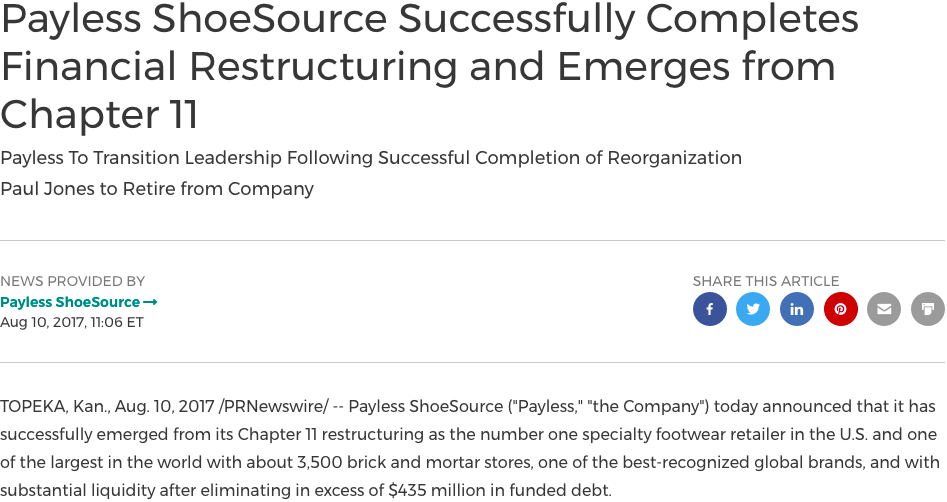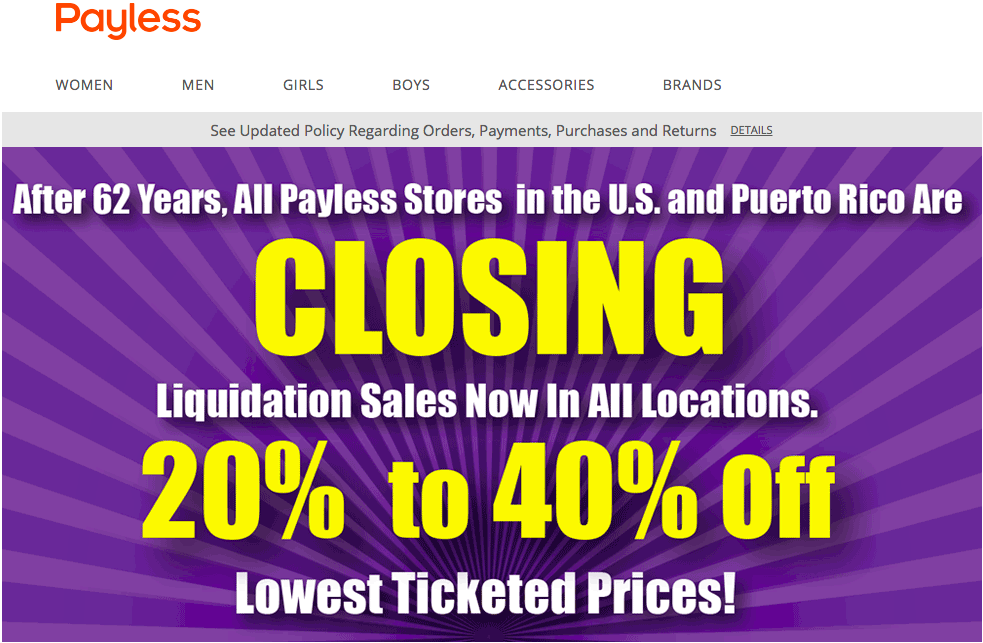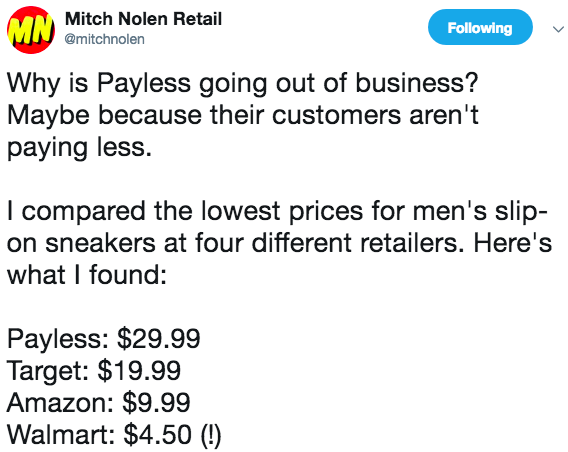⚡️Update: What's Up With Francesca's ($FRAN)?⚡️
We first wrote about Houston-based Francesca’s Holdings Corp. ($FRAN) back in February when (i) the stock was trading at $0.92/share, (ii) the company had announced that it had retained Rothschild & Co. and Alvarez & Marsal LLC, and (iii) the company was coming off of a quarter where it (a) reported -14% same store sales, -10% net sales, and a net loss of $16mm, (b) acknowledged that 17% of its retail footprint was “underperforming,” and (c) blew out its fifth CEO in seven years. That’s all.
A lot has transpired since then. Going into its second quarter ‘19 earnings, the stock — after declining 80% over the last year — was suddenly and mysteriously on a small August upswing, reaching as high as $5.16/share on September 9 (PETITION Note: the company did a mid-summer 12-for-1 reverse stock split so that mostly explains the recovery from the $0.92/share level we’d previously written about but the upswing continued thereafter).
Then some weird sh*t happened. The company issued earnings and comp store sales were down 5% and net sales decreased 6%. Gross margins were also down.
Here is a snapshot of the company’s sales growth / (decline) over the years:
The company noted a decrease in margin’s due to aggressive markdowns, here are EBITDA margins over the last few years:
Here is the overall performance over the years:
And yet the stock popped on the report:
That’s right. It got as high as $18.14/share on this report. We know what you’re thinking: “that report sucks, the numbers were terrible.” Yes, yes indeed, they were. But, on a relative basis, this marked a dramatic improvement.
THIS IS A PREMIUM SUBSCRIBER’S ARTICLE. TO READ THE REST OF THIS ARTICLE (AND THE REST OF OUR KICK@$$ CONTENT) CLICK HERE.



















